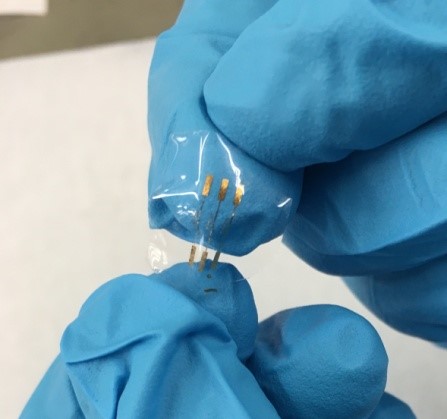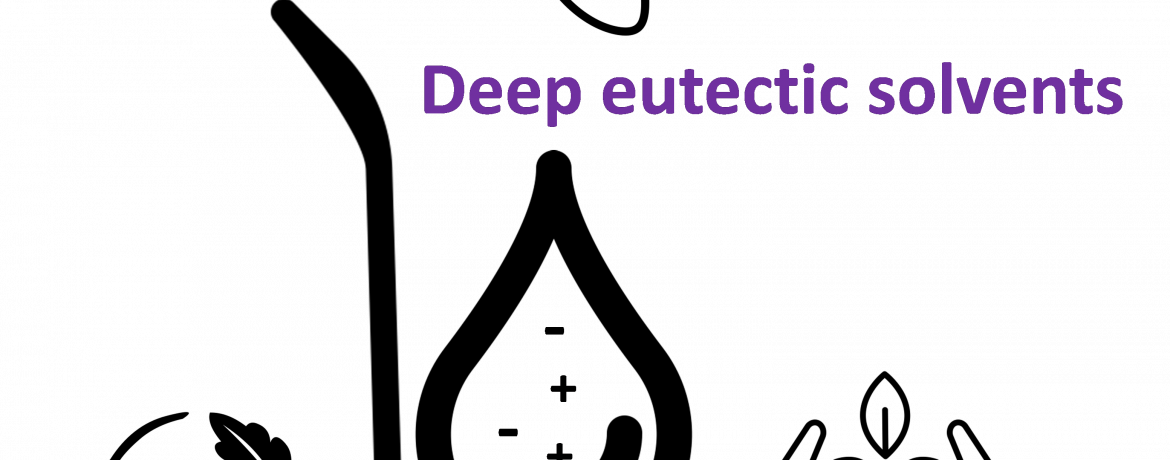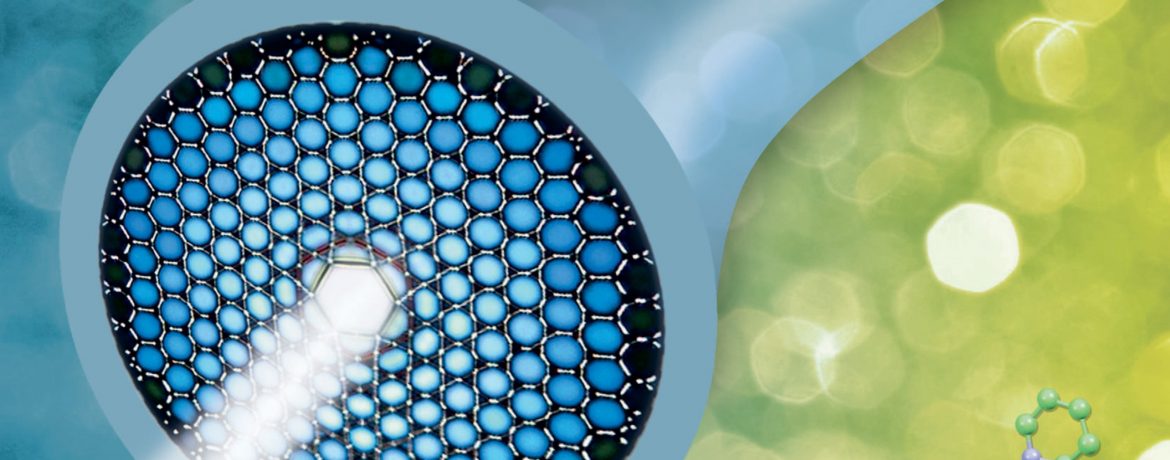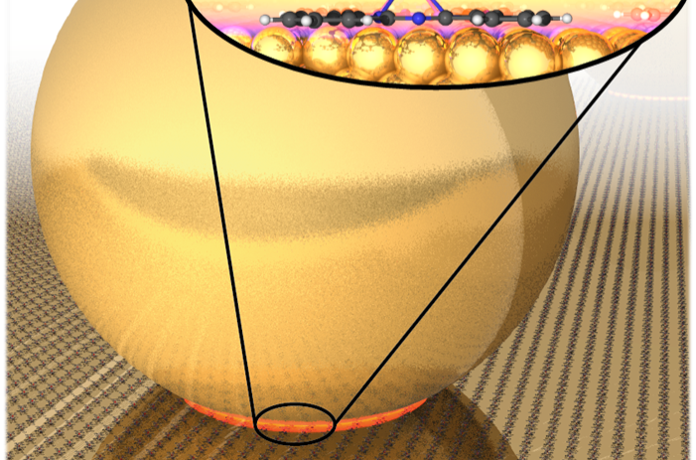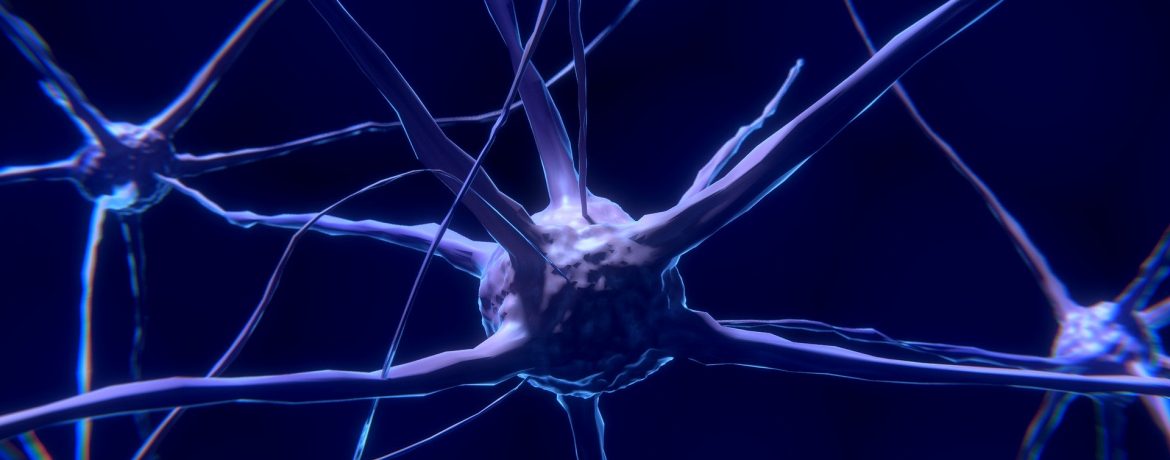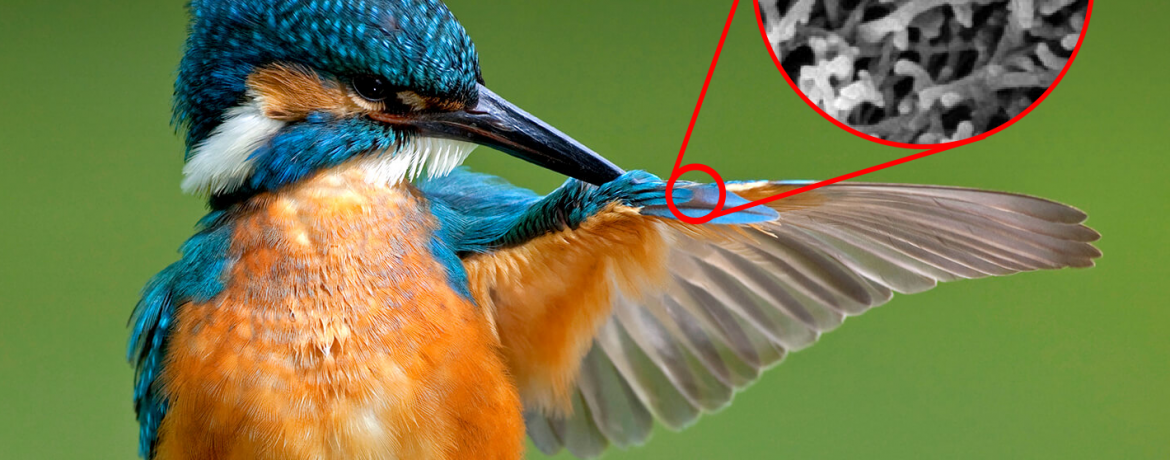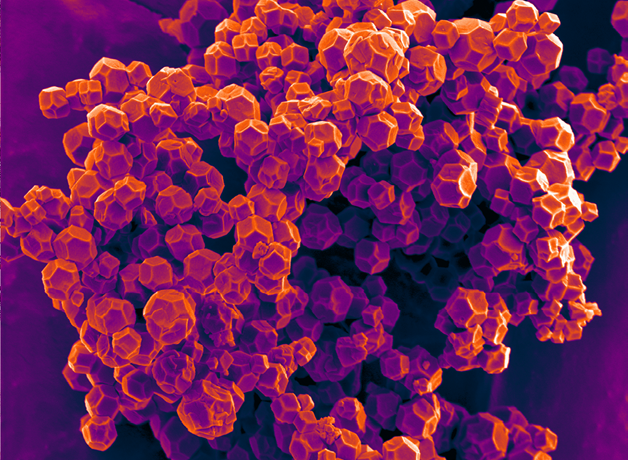
Tiny Cages that deliver medicines
Can we solve common issues of cancer treatments through the use of a nano-sized crystal? Common cancer treatments today can be incredibly toxic: some are insoluble in water and therefore require higher doses, and some are non-specific – affecting more than just the unhealthy areas of the body. Treatments also tend to not last very […]


